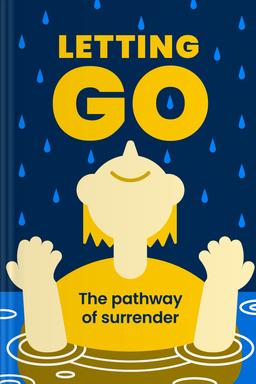You’ll learn
- The reasons we deny our emotions instead of accepting them
- How to handle negative thoughts
- To take responsibility for our actions
- Ways to gain a positive mindset
russia has launched a full-scale war in Ukraine. Donate to support Ukraine and protect the world’s peace.

first KEY POINT
When we fail to show how we feel, we experience a myriad of limiting emotions like mood swings, irritability, frustration, and depletion.Repressing an emotion only gives temporary respite, and its disadvantages overwhelm its advantages. We feel unnecessary guilt and fear over what can be dealt with if we develop the right mindset. The trouble with repressed feelings is that they can stay hidden for a long time and destroy us. If we are not careful, we’ll fail to identify them.The mind automatically keeps our feelings repressed because we’ve conditioned them. Denial and projection are some of the mechanisms used by the mind to keep our feelings repressed. The former causes significant emotional blockages, often followed by the latter. Instead of accepting and accessing our emotions, we take everything out on our society and those around us, which leads us to place unwanted blame on people, things, or places.
This bite-sized summary highlights the importance of adopting a positive mindset and how it helps set the pace for a beautiful journey to fulfillment. Follow it to discuss the best ways to effect positive changes.
second KEY POINT
Every day of our lives, we burden ourselves with a substantial psychological load of accumulated and compressed negative emotions, attitudes, and beliefs. Many of our ailments and mental impairments may be traced back to our tendency to repress unpleasant emotions. We feel helpless against it, yet we seek to escape it in many ways. We spend most of our lives trying to avoid and run away from these suppressed emotions. Negativity reduces our self-esteem and belittles us from the inside and outside.We avoid analyzing our inner feelings out of worry that we may be unable to handle the intensity of our emotions. Without the courage to confront these emotions, they will build up until we welcome death as a release from our suffering.Our thinking undergoes frustrating negative transformations under the weight of accumulated pressure. A single feeling can create thousands of thoughts. However, negative thoughts would vanish if we were able to let go of whatever ache is hiding at the core of our feelings.To get rid of negativity, we must put ourselves in a surrendered state. It implies letting go of any lingering thoughts of negativity in a certain area so that new ideas may flow freely.When dealing with unfavorable emotions, we often resort to one of three negative coping mechanisms: suppression, expression, or escape.• Suppression is widespread in our lives because it dictates how we push feelings down and aside.
• Expression. Our feelings are made known and stated in our body language. Expressing negative feelings provides enough room to release the inner pressure so that the remainder can be suppressed.
• Escape helps us avoid our feelings through diversion. We find solace in temporary distractions and attach our happiness to someone or something.

Continue reading with Headway app
Continue readingfirst KEY POINT
second KEY POINT
third KEY POINT
fourth KEY POINT
fifth KEY POINT